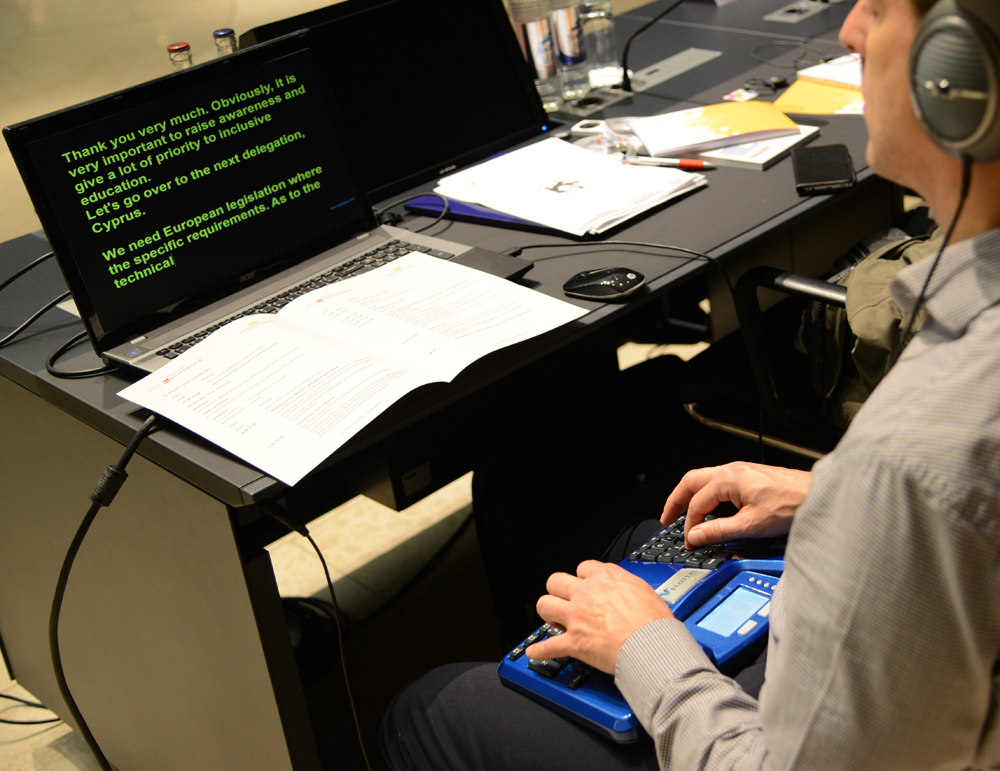The 10th Global Accessibility Awareness Day (GAAD) takes place on Thursday 20 May. Launched in May 2012, GAAD aims to increase awareness of the importance of digital accessibility.
Digital accessibility ensures users with accessibility needs have the same experience of using a website or digital product as other users. Users with hearing impairments, for example, may require captions to enable them to follow video content, and users with visual impairments may use screen readers or magnification tools. Plain language could benefit users with learning disabilities, as well as users accessing content in a language that is not their own. Accessibility features often benefit all users, not just those with accessibility needs.
Many digital developers are aware of the basic requirements of the Web Content Accessibility Guidelines (WCAG). However, a recent analysis of a million homepages by accessibility organisation WebAIM found over 97% of pages had at least one failure related to WCAG compliance. This means that 97% of homepages could be difficult for certain groups of users to access.
GAAD aims to raise awareness of digital accessibility by providing a platform for accessibility-related events around the world. Over 70 events are taking place this year, including practical training workshops, conferences and webinars. The GAAD website lists the events, and people can add their own accessibility-related events to the list.
The GAAD website also includes case studies which show the impact of inclusive and accessible design on different users’ lives. It also provides practical ways to help spread awareness of digital accessibility.
Several Agency projects and publications provide information on digital accessibility. These include the Guidelines for Accessible Information and Making Your Organisation’s Information Accessible for All, both of which are outputs from the ICT for Information Accessibility in Learning (ICT4IAL) project.
Accessibility is a priority for the Agency, which has adopted an Accessibility Policy and a statement of commitment to its aims. Digital accessibility of Agency publications and resources, including the website, is high on the list of objectives. As such, the Agency website is WCAG 2.0-compliant. It offers a number of features, including an accessibility and translation tool, to make it more user-friendly. The Accessibility webpage contains more details.
